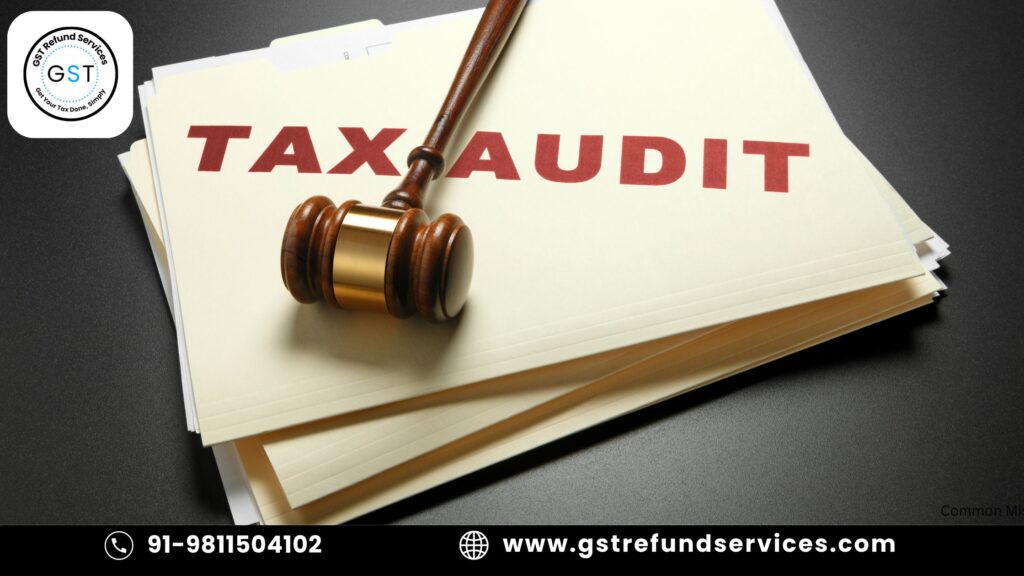
In India, a Section 8 company registration is a juridical entity supporting non-profit goals such as transactions, nonprofit organizations, education, the arts, protecting the environment, and social welfare. These companies operate without the intention of making a profit, instead concentrating on contributing to the greater good of society. Registering a Section 8 Company Registration enables an administrative structure for individuals and groups to support charity and humanitarian objectives.
What exactly constitutes a Section 8 company?
A Section 8 Company registration, established under the Companies Act of 2013, is designed to promote charitable objectives such as education, arts, culture, environment, and social welfare. Unlike other business structures, Section 8 Companies cannot distribute profits among their members or shareholders. Instead, all profits must be reinvested into the organization to further their philanthropic activities. This unique framework ensures that the company’s resources are entirely directed toward its mission, making it an ideal structure for non-profit organizations or NGOs. Section 8 Company registration provides a legal identity, allowing them to operate with tax exemptions and enjoy credibility in the public domain.
Objectives of a Section 8 Company
Section 8 Company Registration Companies are primarily established to promote objectives such as:
- Charity: Participating in philanthropic efforts for the benefit of underprivileged members of society.
- Education entails providing access to education and educational resources.
- Environment Protection: Encouraging environmental sustainability and protection efforts.
- Social welfare is defined as the support of social causes and welfare initiatives for marginalized communities.
- Arts and Culture: Promoting and protecting art, culture, and heritage.
- Conducting research and development work across multiple domains.
- Sports and Health: Advancing sports and health-related initiatives to improve people’s quality of life.
Requirements for incorporating a Section 8 company
- A Section 8 company must have at least two directors at the time it is incorporated.
- This ensures proper management and monitoring of the company’s operations.
- No Minimum Capital Requirement: Despite other forms of corporations, a Section 8 Company lacks a minimum paid-up capital. Thus it makes it easier for non-profit groups to launch duties without incurring the financial burden of investing in facilities.
- Profit Distribution Restrictions: One of the distinguishing characteristics of a Section 8 Business is that it cannot transfer profits to its members. Revenue from sales must be reinvested in the organization to further the stated social or compassionate purpose.
Process of Registering a Section 8 Company
- Choose a Name: The first step is to choose a unique name for the Section 8 Company. The name must not violate any existing trademarks or conflict with the regulations laid down by the Ministry of Corporate Affairs (MCA).
- Drafting Memorandum of Association (MOA) and Articles of Association (AOA): The MOA and AOA are essential documents that outline the company’s objectives and the operational framework. For a Section 8 Company, the MOA should explicitly state the non-profit objectives.
- Apply for License: The next step is to apply for a license from the Registrar of Companies (ROC) that allows the company to operate as a Section 8 entity. The application must include the MOA, AOA, and other supporting documents.
- Acquire a Certificate of Incorporation: After the license is authorized, the firm will be issued a Certificate of Incorporation, which formally recognizes it as a Section 8 firm.
- Compliance Requirements: Post-registration, a Section 8 Company must adhere to regulatory requirements such as annual filing, maintaining proper financial records, and conducting regular audits.
Advantages of Registering as a Section 8 Company
- Tax Benefits: Section 8 Companies are eligible for various tax exemptions under the Income Tax Act, making them financially efficient for non-profit organizations.
- Credibility: Being registered as a Section 8 Company enhances credibility, which can attract donors, grants, and other forms of support.
- Limited Liability: The directors and members of the company enjoy limited liability protection, safeguarding personal assets in case of any legal or financial liabilities.
- Ease of Operation: Section 8 Companies are relatively easier to manage and run compared to other non-profit entities, thanks to the simpler regulatory framework.
Section 8 Company vs Society Registration
- A non-profit organization can be registered with the Registrar of Societies, the regulatory monitoring and framework are different than those of a Section 8 Company.
- Section 8 Companies get greater investment and donations because of their organized structure and tax breaks.
Register Your Section 8 Company
Registering a Section 8 Company is an excellent option for individuals and organizations committed to promoting social welfare and non-profit goals. With no minimum capital requirement, limited liability protection, and tax exemptions, Section 8 Companies provide a structured and credible way to pursue charitable activities. If you are considering registering a Section 8 Company and need expert assistance, reach out to GST refund services today for comprehensive support!


